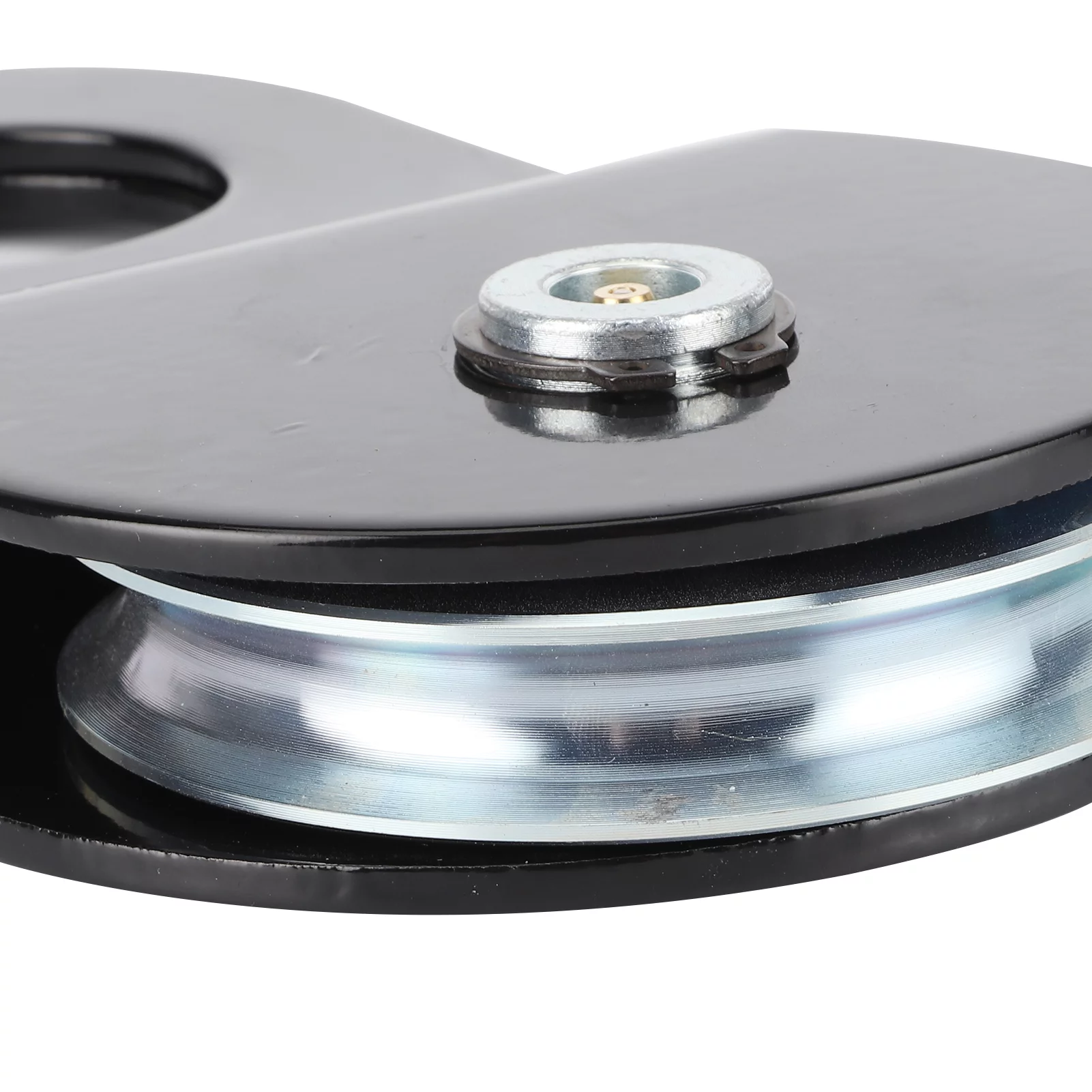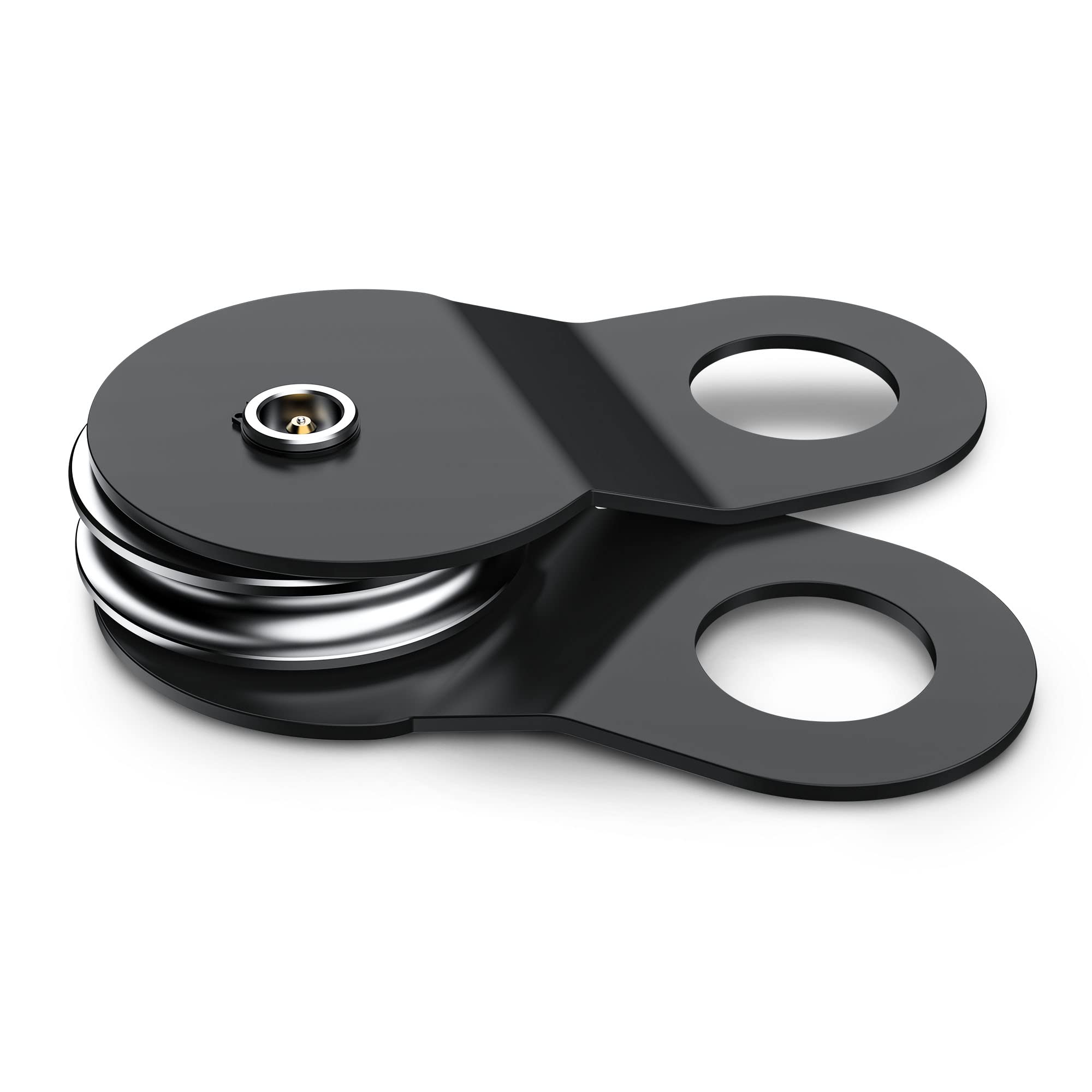Product Description
- Introduction:
General Products Application/Service Area
Metal Parts Solution for Vehicle, Agriculture machine, Mining machine, Construction Machine, transportation equipment, Valve and Pump system. E.g. Engine bracket, truck chassis bracket, gear box , gear housing , gear cover, shaft, spline shaft , pulley, flange, connection pipe, pipe, hydraulic valve , valve housing ,Fitting , flange, wheel, flywheel, oil pump housing, starter housing, coolant pump housing, transmission shaft , transmission gear, sprocket, chains etc. Applicable Material Gray Iron, Ductile Iron, carbon steel, stainless steel, alloy steel and customized material Blanks Casting Tolerance CT9-10 for Machine Molding Process,
CT8-9 for Shell Molding and Lost Foam Molding Casting Process
CT10-11 for Manual Molding Sand casting ProcessCasting Blank Size /Dimensions 200 mm-1500mm, as per customer requirement Casting Blank Weight Range from 5kg-8000kg Applicable Machining Process CNC Machining/ Lathing/ Milling/ Turning/ Boring/ Drilling/ Tapping/ Broaching/ Reaming /Grinding/Honing and etc. Machining Tolerance From 0.005mm-0.01mm-0.1mm Machined Surface Quality Ra 0.8-Ra3.2, according to customer requirement Applicable Heat Treatment Normalization , annealing, quenching and tempering, Case Hardening, Nitriding, Carbon Nitriding, Induction Quenching, induction harden... Applicable Finish Surface Treatment Shot/sand blast, polishing, Surface passivation, Primer Painting , Powder coating, ED- Coating, Chromate Plating, zinc-plate, Dacromat coating, Finish Painting etc. Lead Time about 40 days of Custom Made Heavy Sand Casting. - Workshop:
- Testing equipments:
| Type: | Clay Wet Sand |
|---|---|
| Casting Method: | Thermal Gravity Casting |
| Sand Core Type: | Clay Sand Core |
| Application: | Instrument Accessories |
| Machining: | Boring Machine |
| Material: | Steel |
| Samples: |
US$ 0/Piece
1 Piece(Min.Order) | |
|---|
| Customization: |
Available
| Customized Request |
|---|

How do winch pulleys impact the performance of forestry and logging machinery?
Winch pulleys play a significant role in enhancing the performance of forestry and logging machinery. Here is a detailed explanation:
Forestry and logging machinery often require powerful and efficient winching systems to handle the demanding tasks involved in the industry. Winch pulleys are crucial components integrated into these machines, providing several benefits and impacting their performance in the following ways:
- Increased Pulling Power: Winch pulleys are designed to provide mechanical advantage by changing the direction of force applied to the load. This mechanical advantage allows forestry and logging machinery to exert greater pulling power than the raw power of the winch alone. By incorporating winch pulleys into the system, these machines can effectively handle heavy logs, navigate challenging terrain, and overcome resistance encountered during logging operations.
- Better Load Distribution: Winch pulleys help distribute the load evenly across multiple lines, cables, or ropes. In forestry and logging machinery, where heavy loads are often lifted or pulled, the use of winch pulleys allows the load to be distributed over multiple lines, reducing strain on individual components. This load distribution minimizes the risk of overload, prevents premature wear or failure of cables, ropes, or winch systems, and ensures safer and more efficient operation.
- Controlled Movement: Winch pulleys enable precise and controlled movement of logs or other materials during forestry and logging operations. By redirecting the cables or ropes through the winch pulleys, operators can maneuver the load in a controlled manner, ensuring accurate placement and minimizing the risk of damage to surrounding trees, equipment, or personnel. The mechanical advantage provided by winch pulleys facilitates smooth and controlled lifting, lowering, or dragging of logs in various terrain conditions.
- Increased Versatility: With winch pulleys, forestry and logging machinery gain enhanced versatility in handling different tasks. The ability to change the direction of force and distribute the load allows these machines to navigate challenging terrains, maneuver logs through narrow paths, or reach logs in hard-to-reach areas. Winch pulleys provide the flexibility needed to adapt to various logging scenarios, improving the overall efficiency and effectiveness of the machinery.
- Enhanced Safety: Winch pulleys contribute to the safety of forestry and logging operations. By utilizing winch pulleys, the load can be controlled and directed away from hazardous areas or obstacles. This reduces the risk of accidents, such as falling trees, entanglement, or damage to equipment. The increased control and load distribution provided by winch pulleys improve the overall safety and minimize potential hazards associated with logging activities.
- Efficient Cable Management: Winch pulleys help manage cables, ropes, or winch lines effectively. They prevent tangling, kinking, or excessive friction that can occur during heavy-duty logging operations. Proper cable management facilitated by winch pulleys ensures smooth and reliable operation, reduces downtime due to cable-related issues, and extends the lifespan of cables or ropes used in forestry and logging machinery.
The integration of winch pulleys into forestry and logging machinery significantly impacts their performance by increasing pulling power, improving load distribution, enabling controlled movement, enhancing versatility, ensuring safety, and optimizing cable management. These benefits make winch pulleys invaluable components in the forestry and logging industry, enabling efficient and effective handling of heavy loads and contributing to overall productivity.

How is the size and design of a winch pulley selected for specific applications?
The size and design of a winch pulley are selected based on several factors specific to the intended application. Here is a detailed explanation of how the size and design of a winch pulley are chosen for specific applications:
Load Capacity: The first consideration in selecting a winch pulley is the anticipated load capacity. The pulley must be able to handle the maximum load that will be encountered during the lifting or pulling task. The load capacity is determined based on the weight of the load and any additional factors such as shock loads or dynamic forces that may be present. The pulley should have a load rating that exceeds the expected maximum load to ensure safe and reliable operation.
Wire Rope or Cable Diameter: The size of the winch pulley should be compatible with the diameter of the wire rope or cable that will be used. The pulley sheave should be designed to accommodate the specific diameter of the rope or cable to ensure proper engagement and prevent excessive wear or damage to the rope. It is important to match the pulley size to the rope or cable diameter specified by the manufacturer or industry standards.
Sheave Diameter: The diameter of the sheave, or the wheel of the winch pulley, is another critical factor. The sheave diameter affects the mechanical advantage and the line speed of the winching operation. A larger sheave diameter provides a greater mechanical advantage but reduces the line speed. Conversely, a smaller sheave diameter offers less mechanical advantage but increases the line speed. The selection of the sheave diameter depends on the specific requirements of the application, considering factors such as the desired pulling power, load control, and speed of operation.
Material and Construction: The material and construction of the winch pulley should be chosen based on the environmental conditions and the demands of the application. Common materials for winch pulleys include steel, stainless steel, and high-strength polymers. Steel pulleys offer excellent durability and strength but may be susceptible to corrosion in certain environments. Stainless steel pulleys provide corrosion resistance but may have a higher cost. High-strength polymer pulleys are lightweight and corrosion-resistant, making them suitable for marine or outdoor applications. The pulley design should also account for factors such as bearing type, lubrication, and overall robustness to withstand the anticipated loads and operating conditions.
Application-Specific Requirements: Different applications may have unique requirements that influence the selection of the winch pulley. For example, in marine applications, pulleys designed for saltwater resistance may be required. In off-road recovery scenarios, pulleys with features such as self-cleaning grooves or high-visibility colors may be preferred. It is important to consider any specific requirements or regulations that apply to the intended application and select a winch pulley that meets those criteria.
Manufacturer's Recommendations: Finally, it is crucial to consult the manufacturer's recommendations and specifications for the winch system. The manufacturer can provide guidance on the appropriate pulley size and design based on their product's capabilities and limitations. They may also offer specific pulley options or kits that are optimized for certain applications or winch models.
By considering factors such as load capacity, wire rope or cable diameter, sheave diameter, material and construction, application-specific requirements, and manufacturer's recommendations, the size and design of a winch pulley can be selected to ensure safe and efficient operation in specific applications.

How does a winch pulley contribute to the operation of winches?
A winch pulley plays a crucial role in the operation of winches by providing mechanical advantage and versatility. Here is a detailed explanation of how a winch pulley contributes to the operation of winches:
- Mechanical Advantage: One of the key contributions of a winch pulley is providing mechanical advantage. By redirecting the winch cable or rope through the grooved sheave of the pulley block, the pulley effectively multiplies the pulling force exerted by the winch. This mechanical advantage allows winches to exert greater force, making it easier to move or lift heavy loads. The pulley block distributes the load over multiple lines, reducing the strain on the winch and increasing the overall pulling capacity. This is particularly useful in situations where the load is exceptionally heavy or when additional pulling power is required.
- Directional Control: Another important contribution of a winch pulley is its ability to change the direction of the pulling force. By attaching the pulley block to an anchor or a fixed point and routing the cable or rope through the sheave, the winch can pull the load from a different angle. This versatility allows for more efficient and controlled winching operations, especially in situations where a direct line of pull is not possible or when the load needs to be guided around obstacles. The winch pulley enables winches to adapt to various scenarios and provides flexibility in achieving the desired pulling direction.
- Load Distribution: Winch pulleys also contribute to load distribution during winching operations. By distributing the load over multiple lines, the pulley block helps to evenly distribute the weight and forces involved. This can prevent excessive stress and strain on the winch and other components, promoting more balanced and controlled lifting or pulling of the load. Load distribution is particularly important when dealing with heavy or unevenly distributed loads, as it helps maintain stability and reduces the risk of overload or equipment failure.
- Increased Reach: In certain winching scenarios, a winch pulley can extend the effective reach of the winch. By using the pulley block to change the direction of the pulling force, the winch can effectively reach locations that are not directly accessible. This can be advantageous when performing winching operations in confined spaces, over obstacles, or in situations where a straight-line pull is not feasible. The winch pulley expands the operational range of the winch, enhancing its versatility and enabling it to tackle a wider range of tasks.
- Safety and Control: Winch pulleys contribute to the overall safety and control of winching operations. By providing mechanical advantage and load distribution, they help prevent excessive strain on the winch and other components, reducing the risk of equipment failure or damage. The ability to change the direction of the pulling force also enhances control and maneuverability, allowing operators to guide the load more precisely and avoid potential hazards. The use of winch pulleys promotes safer and more controlled winching operations, minimizing the risk of accidents or injuries.
In summary, a winch pulley contributes to the operation of winches by providing mechanical advantage, directional control, load distribution, increased reach, and improved safety and control. It multiplies the pulling force, offers versatility in pulling directions, evenly distributes the load, extends the reach of the winch, and enhances overall safety and control during winching operations. Winch pulleys are essential components that enhance the capabilities and effectiveness of winches in various applications, from off-road recovery to industrial lifting and pulling tasks.


editor by CX
2023-09-27